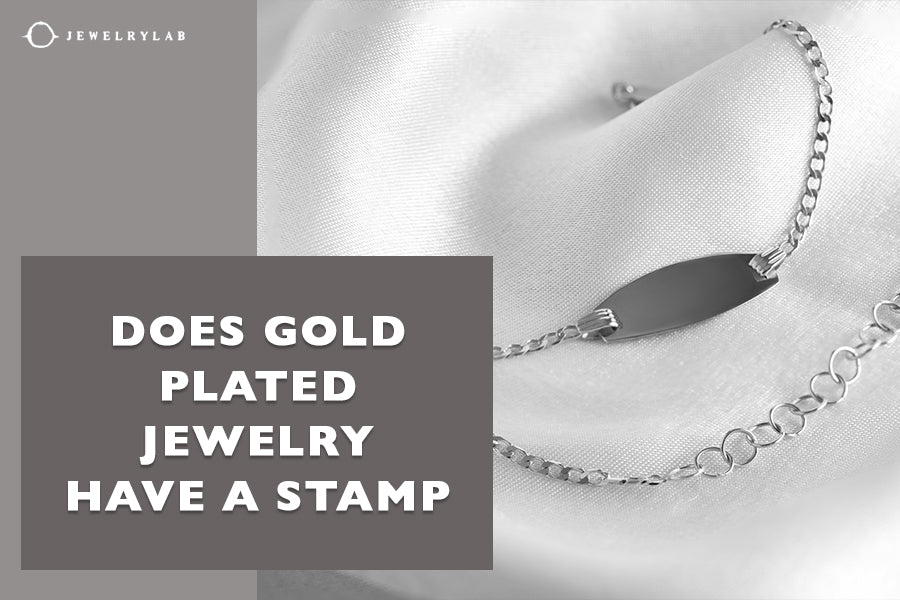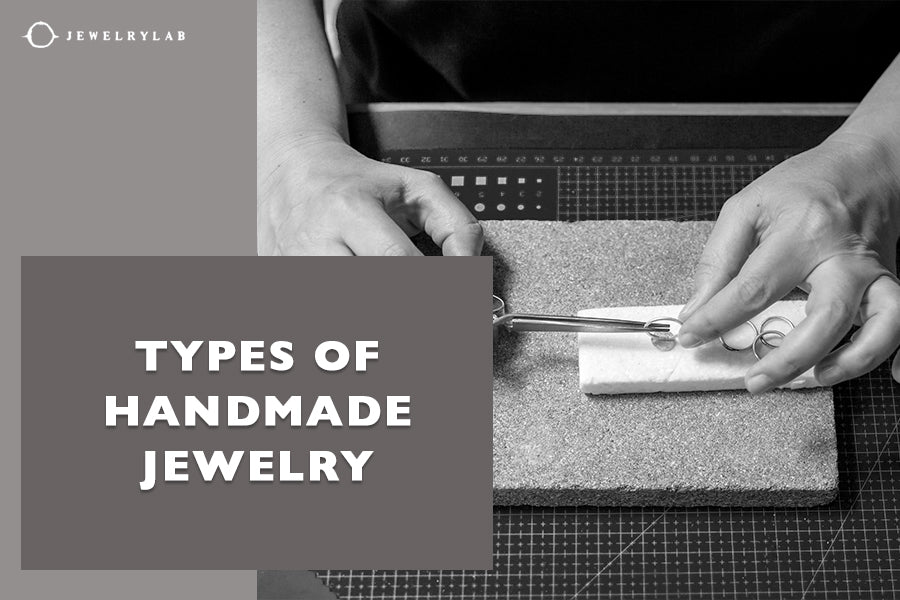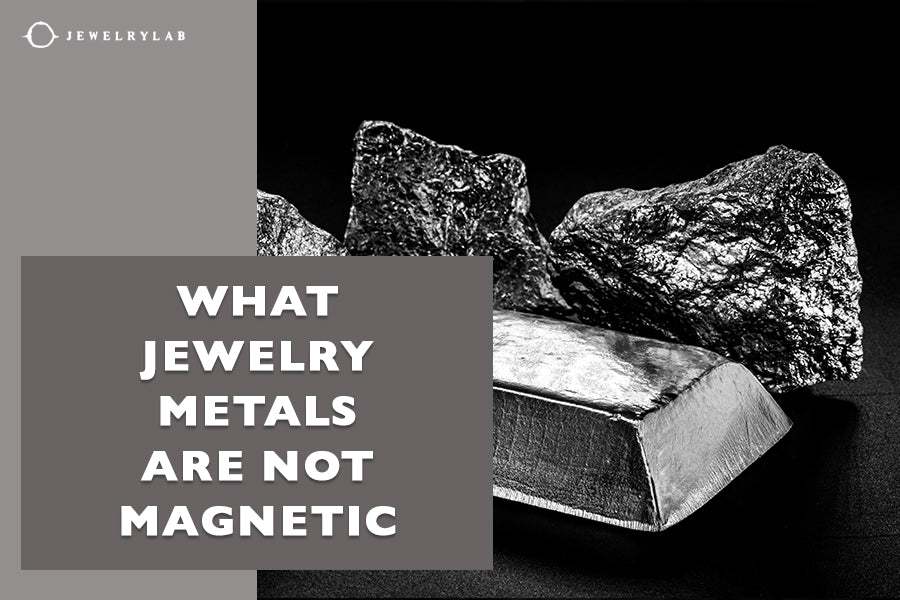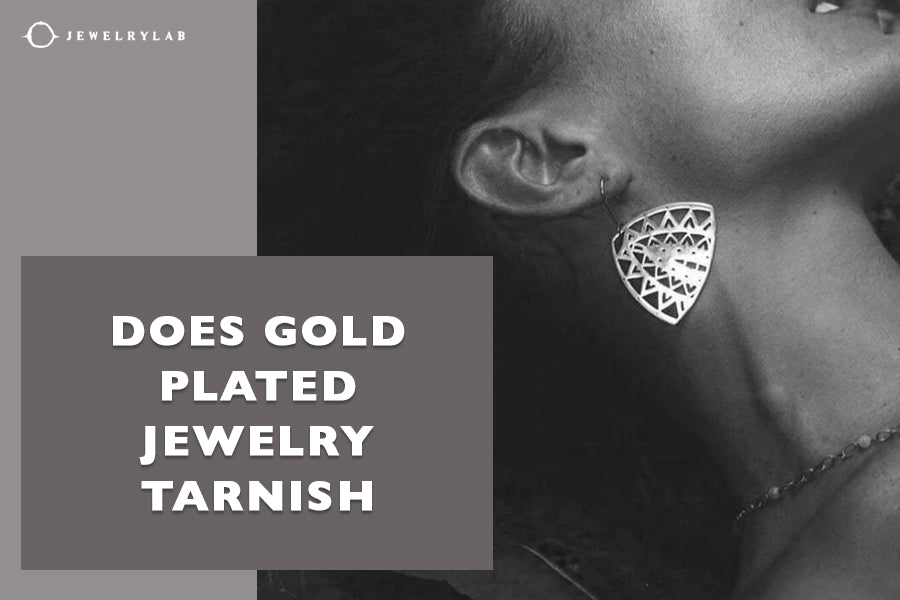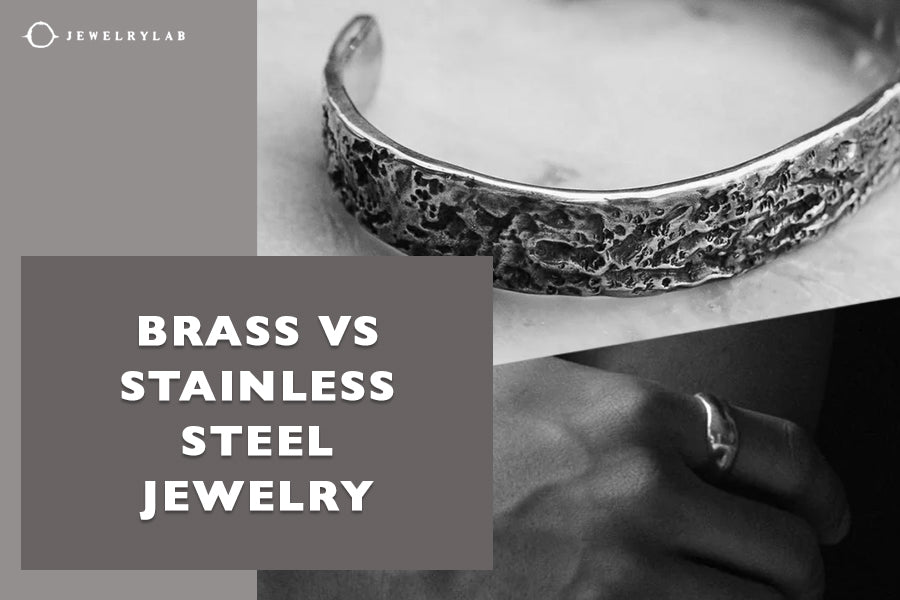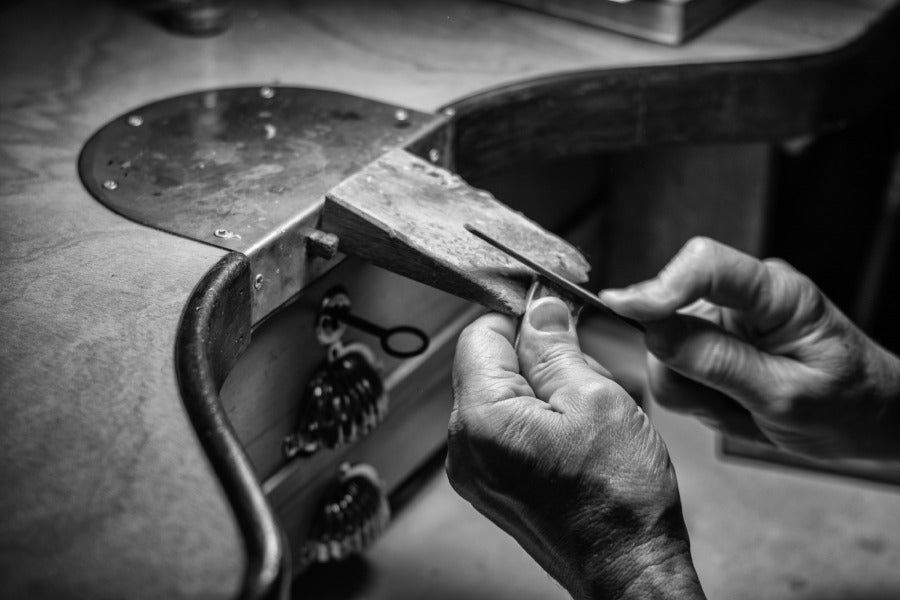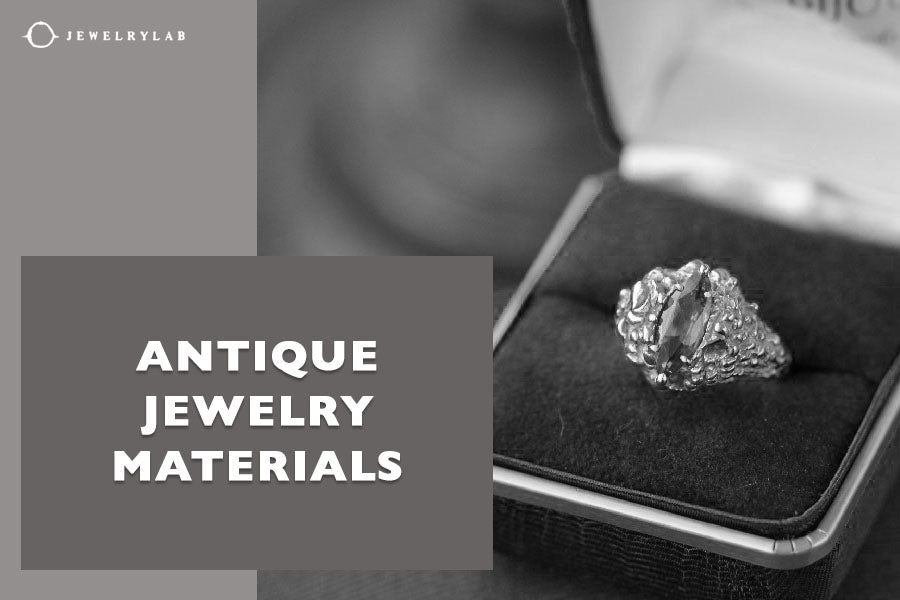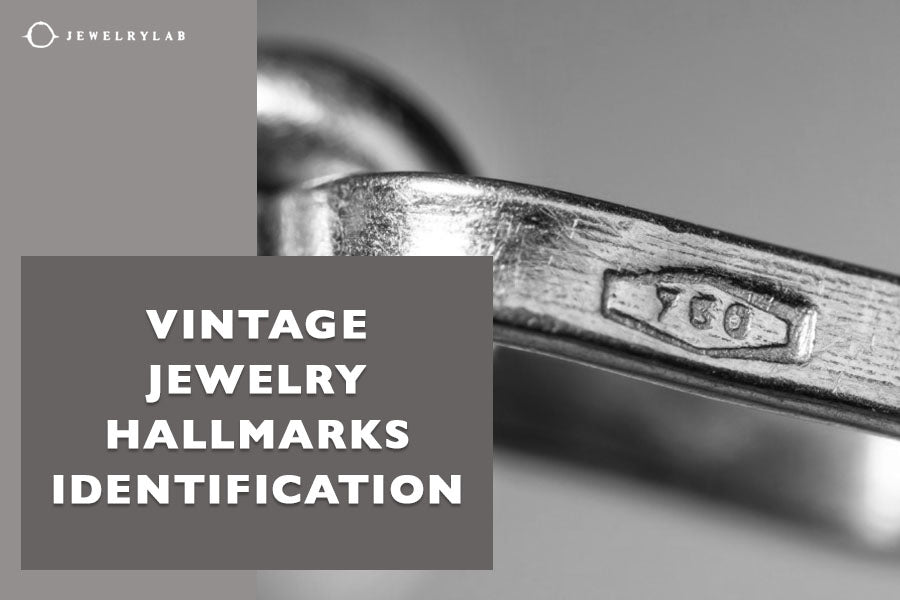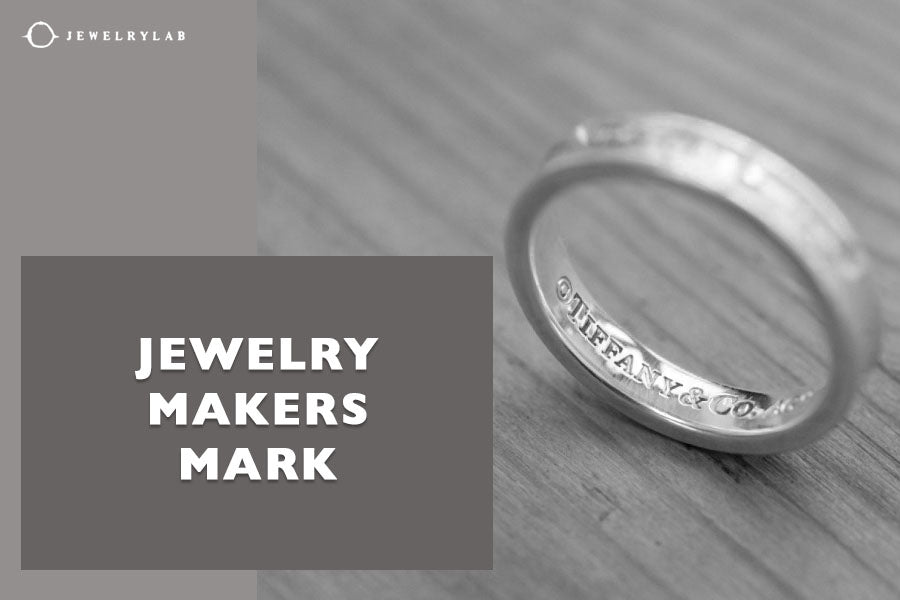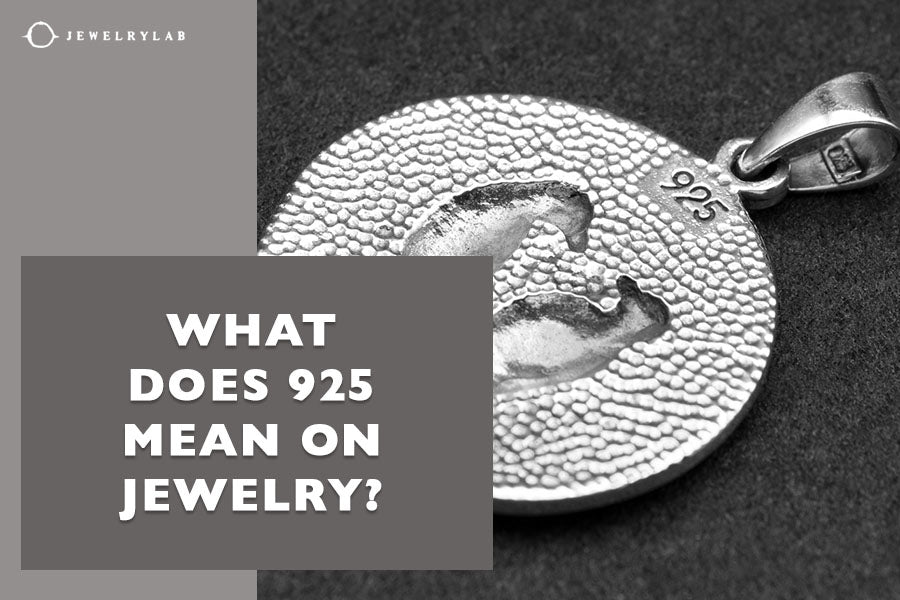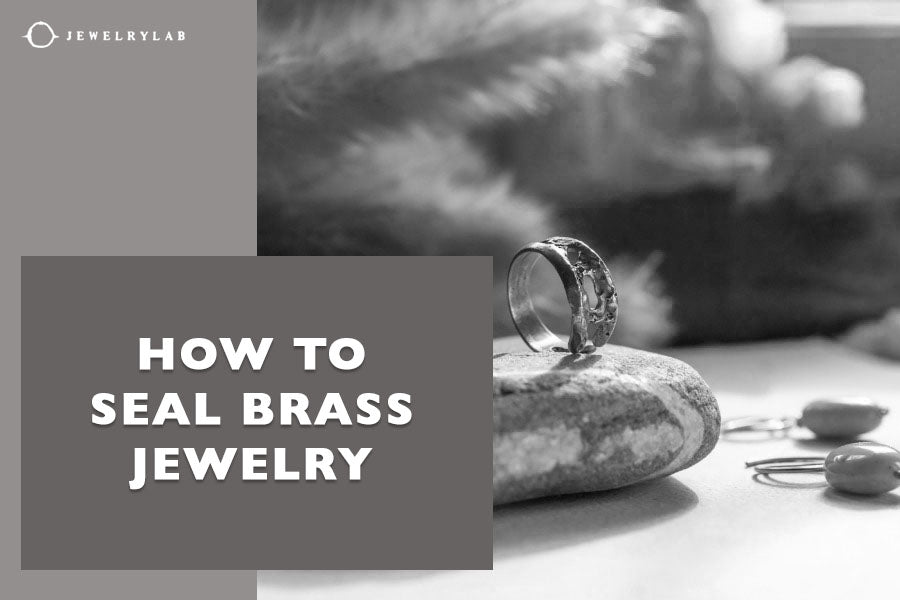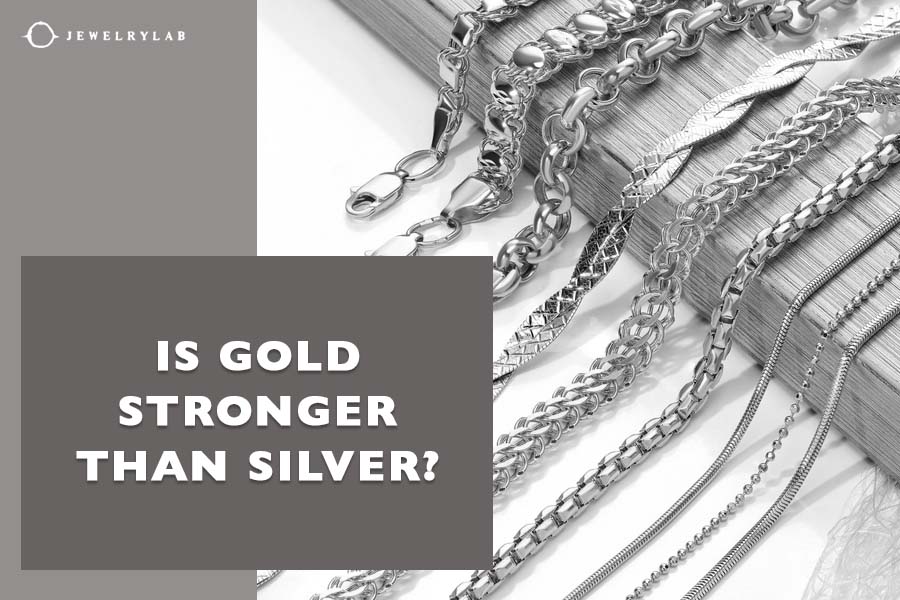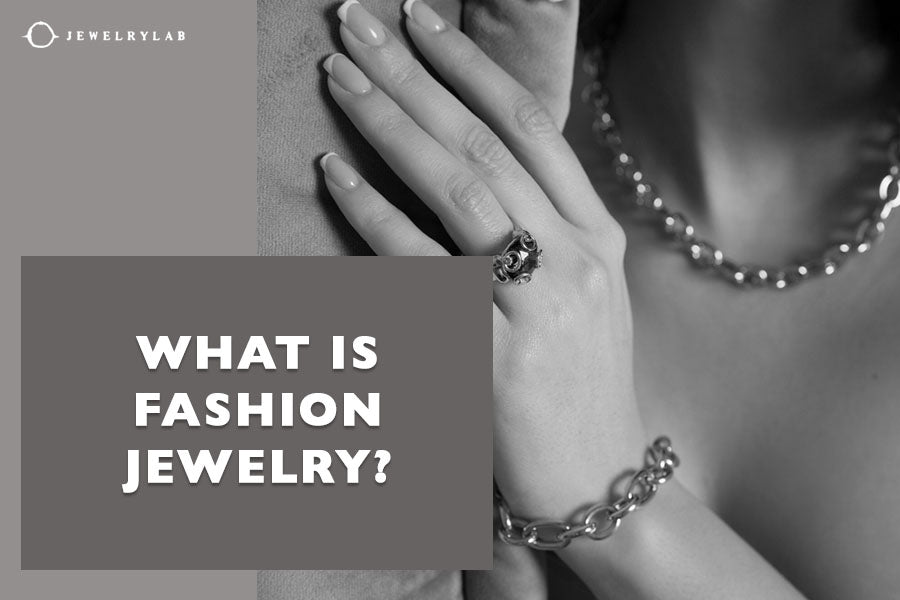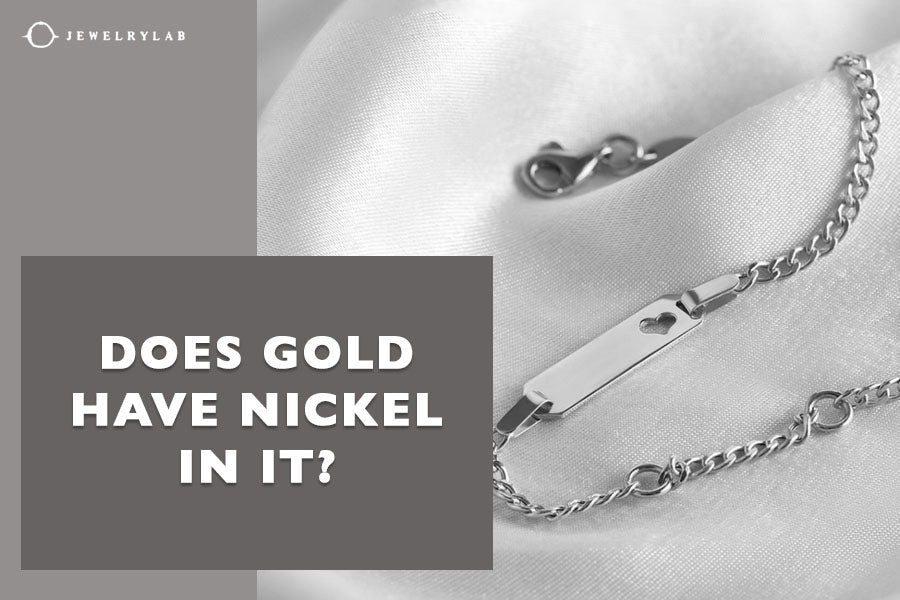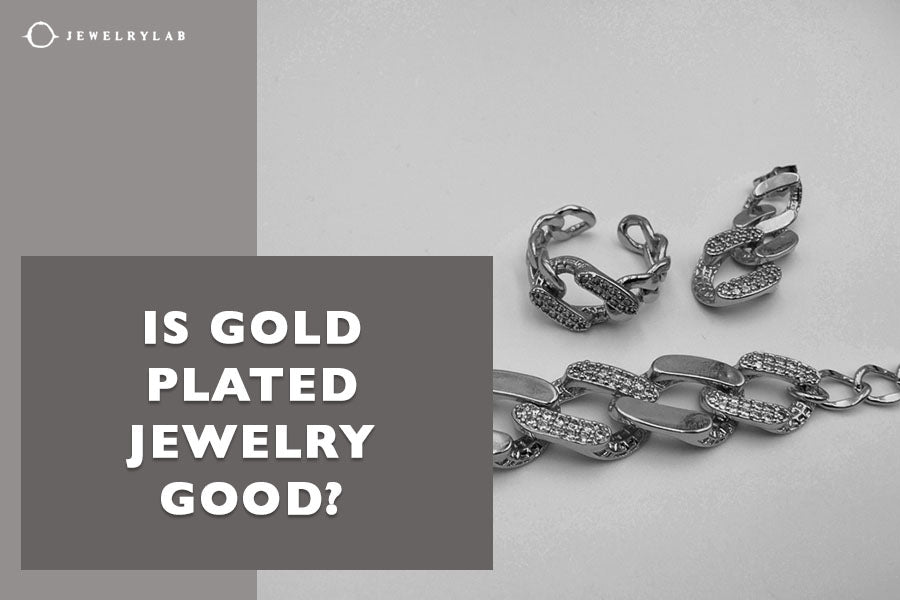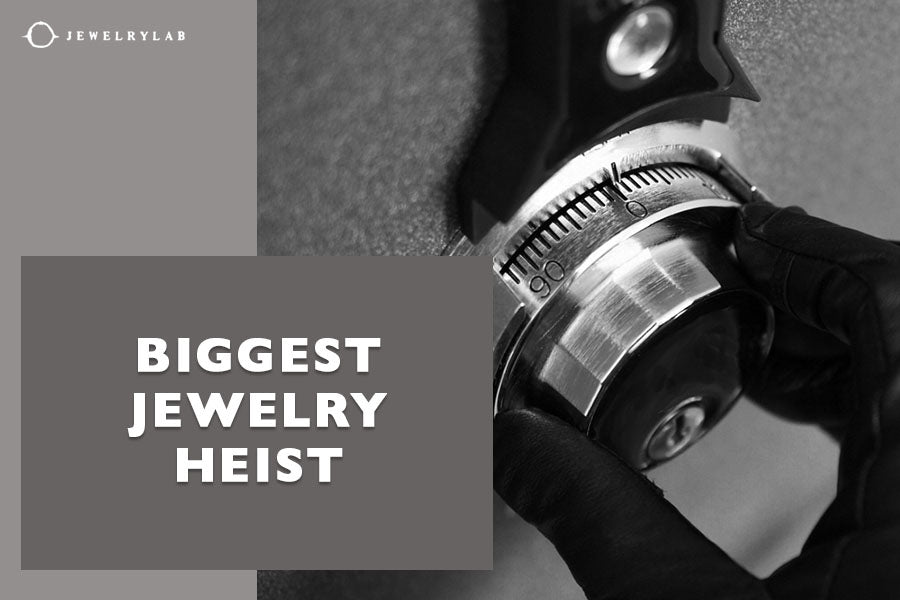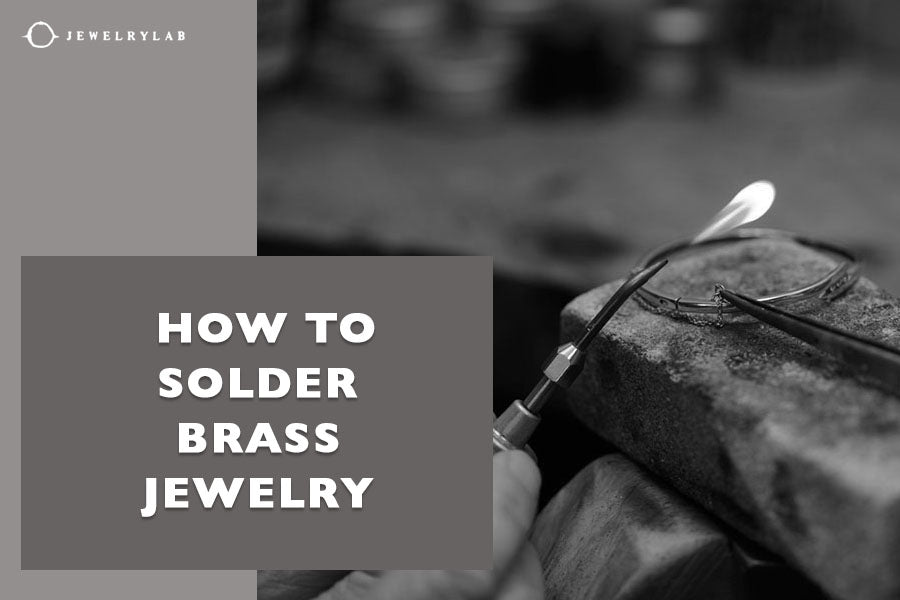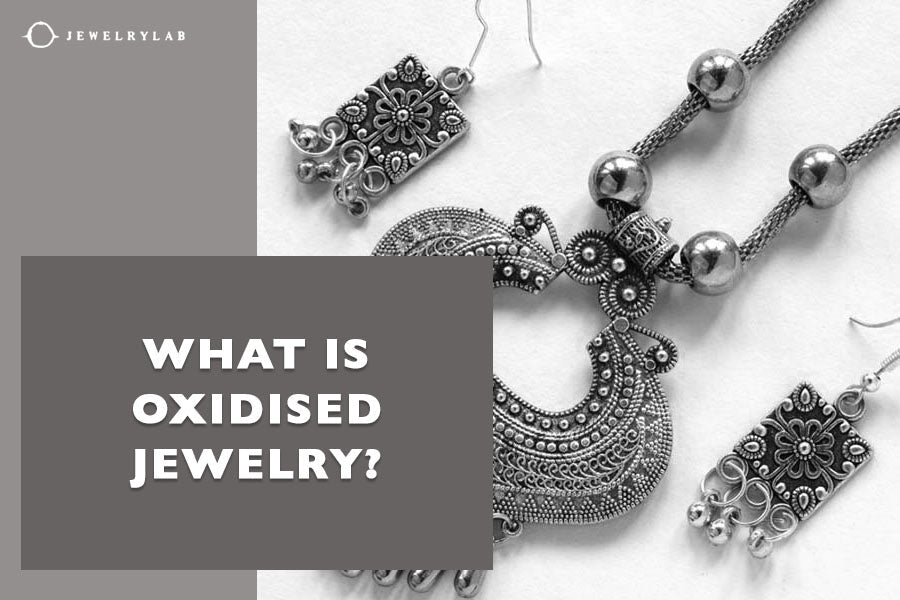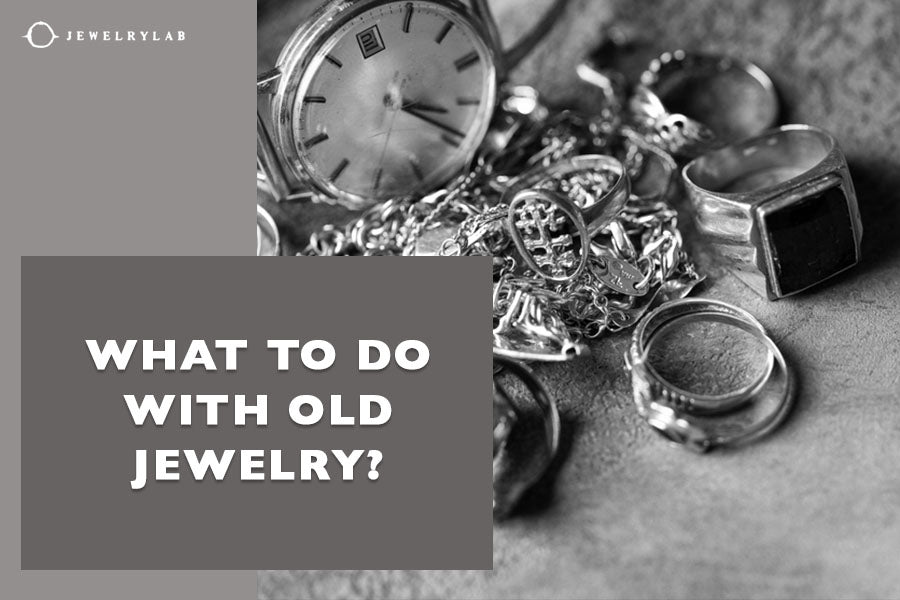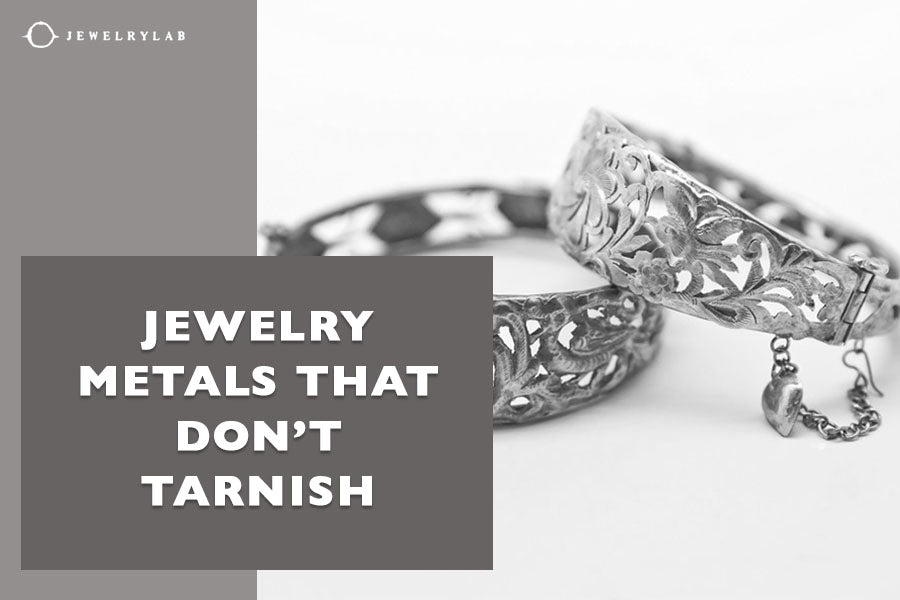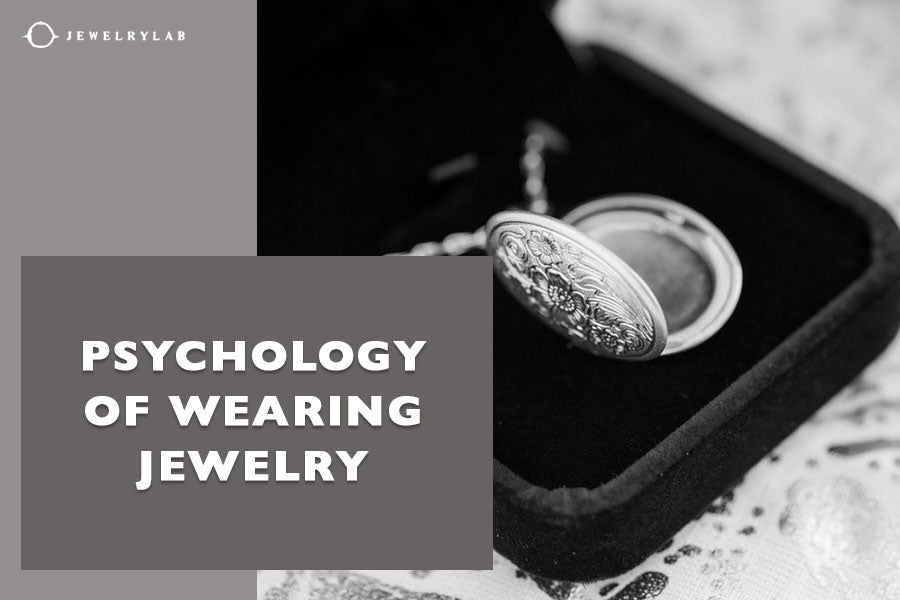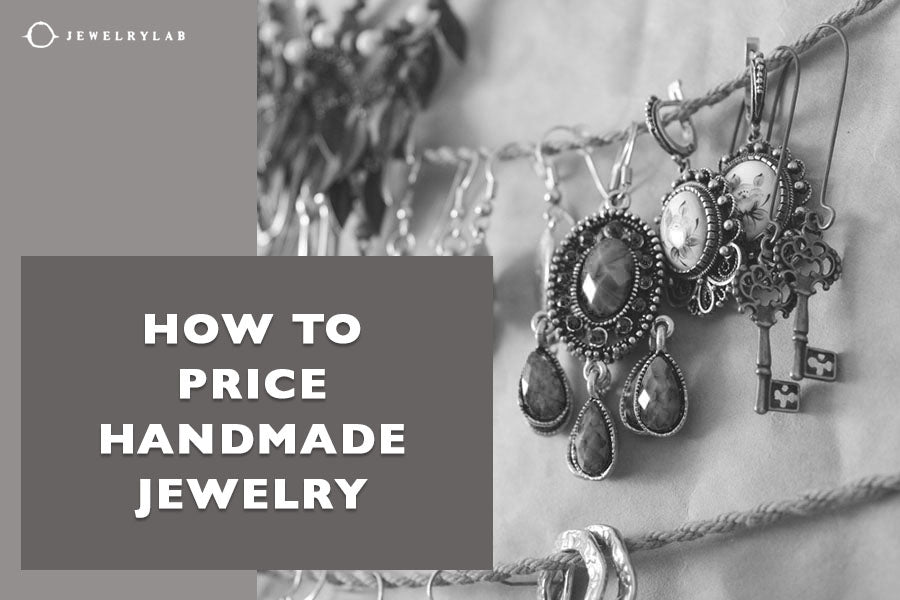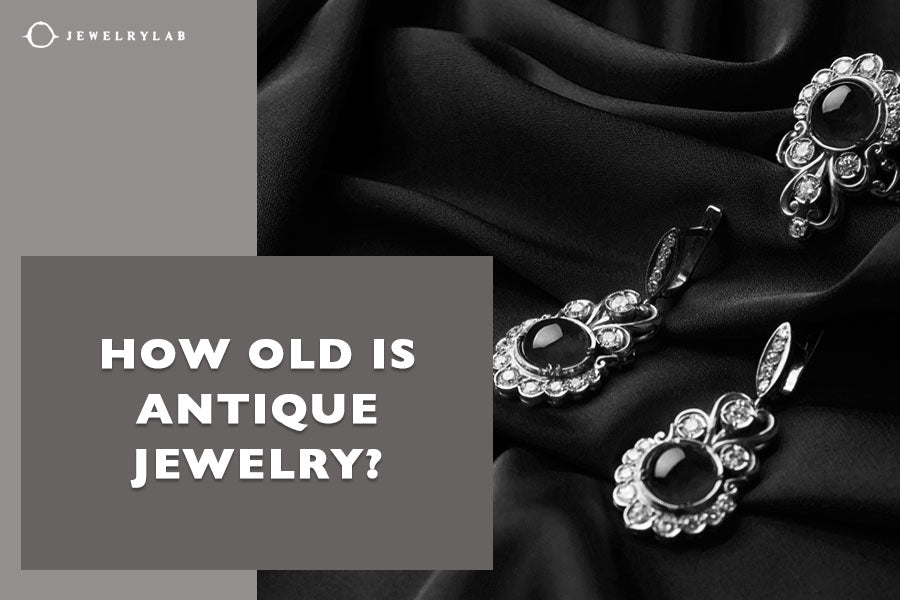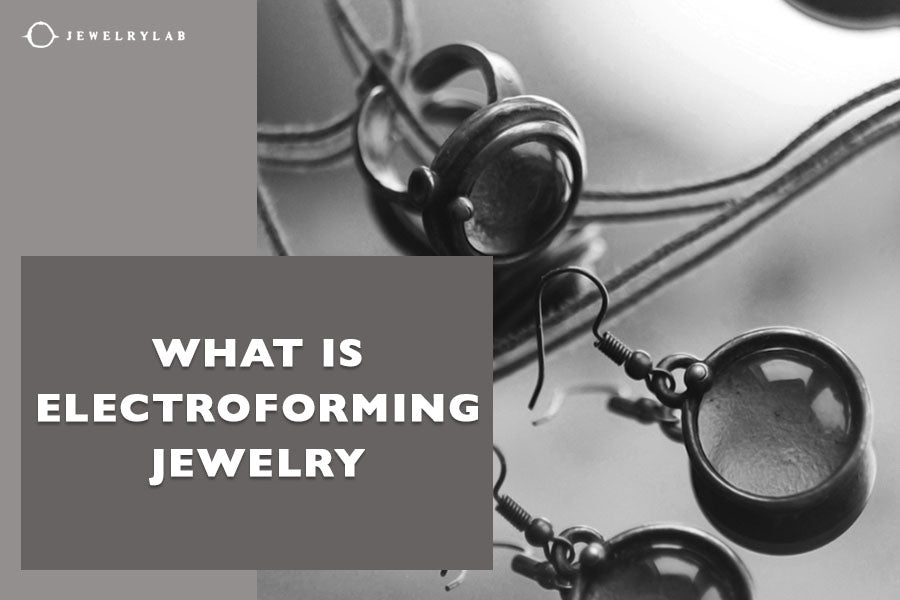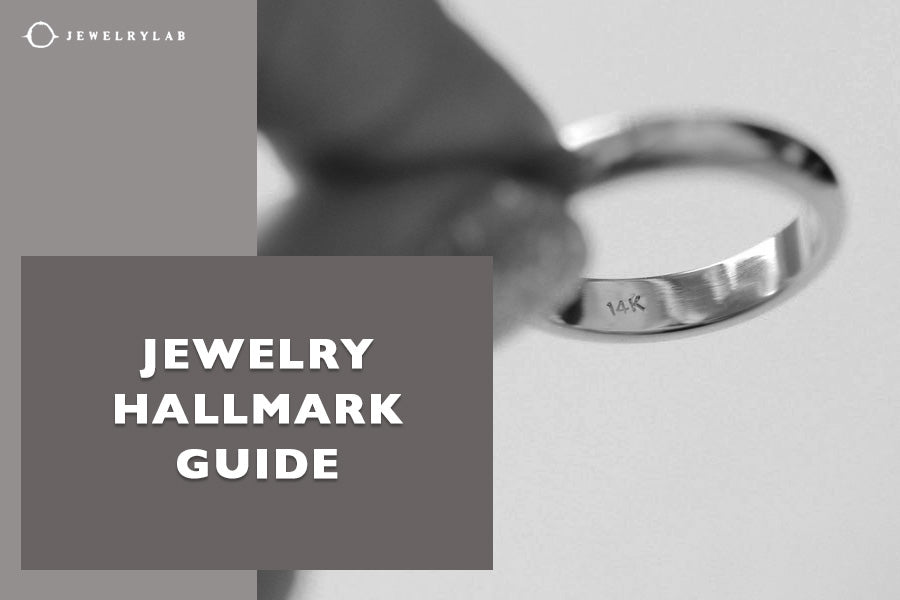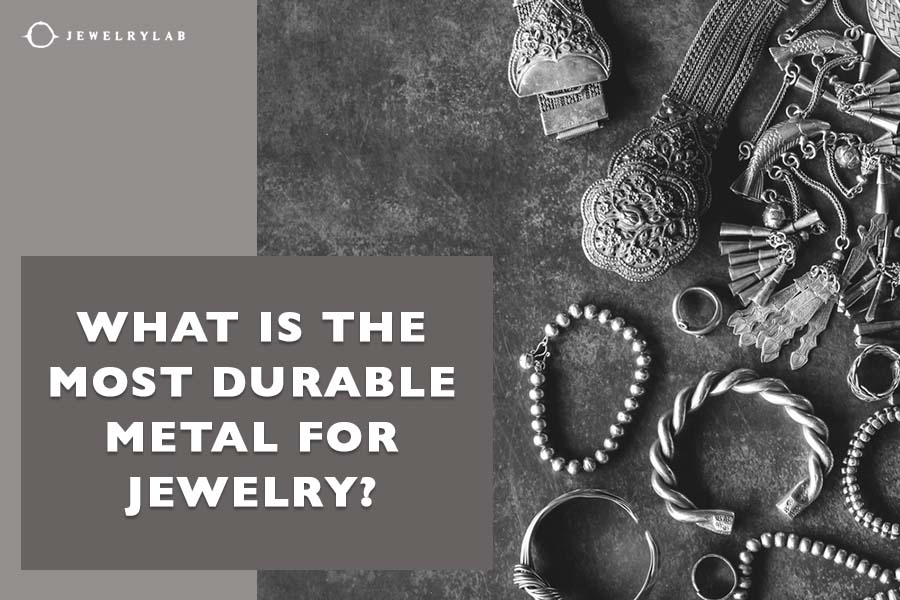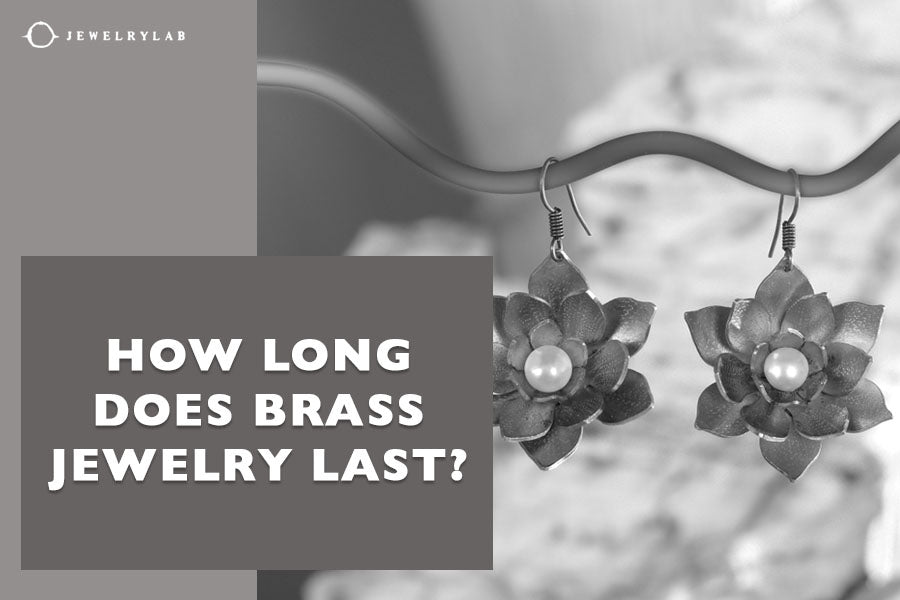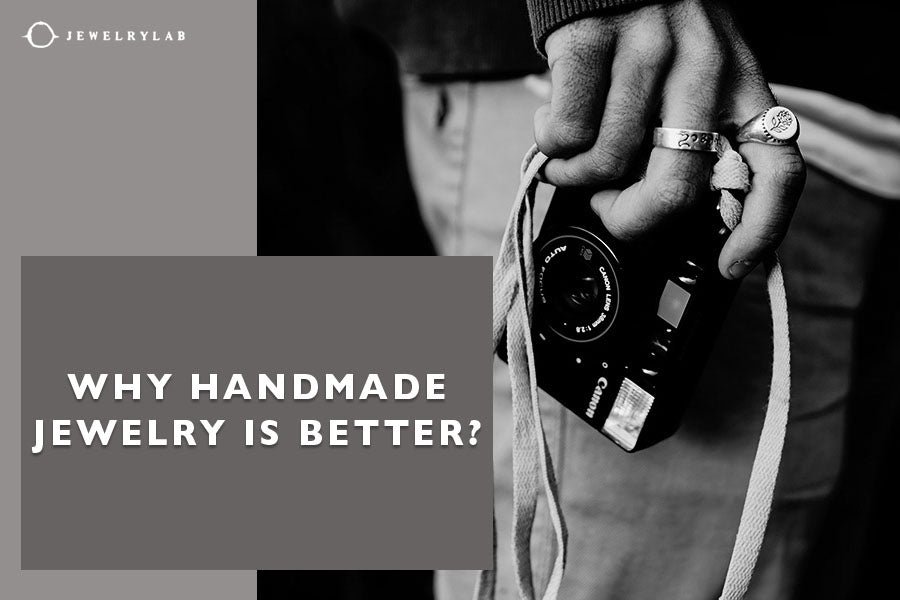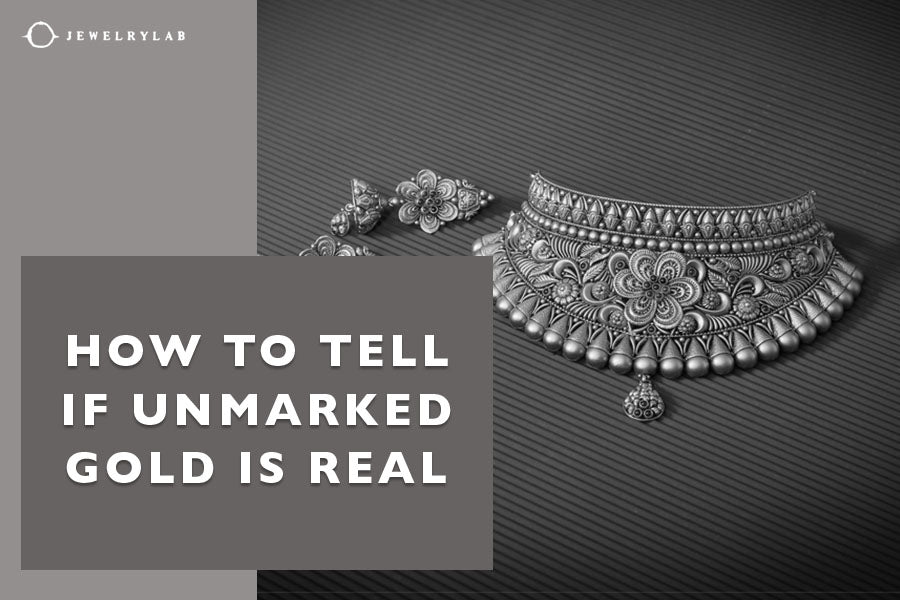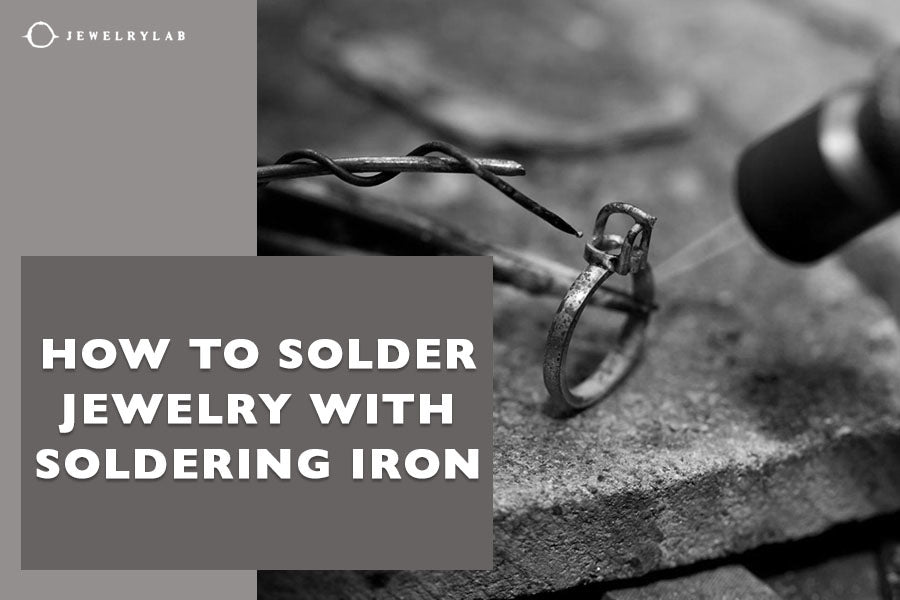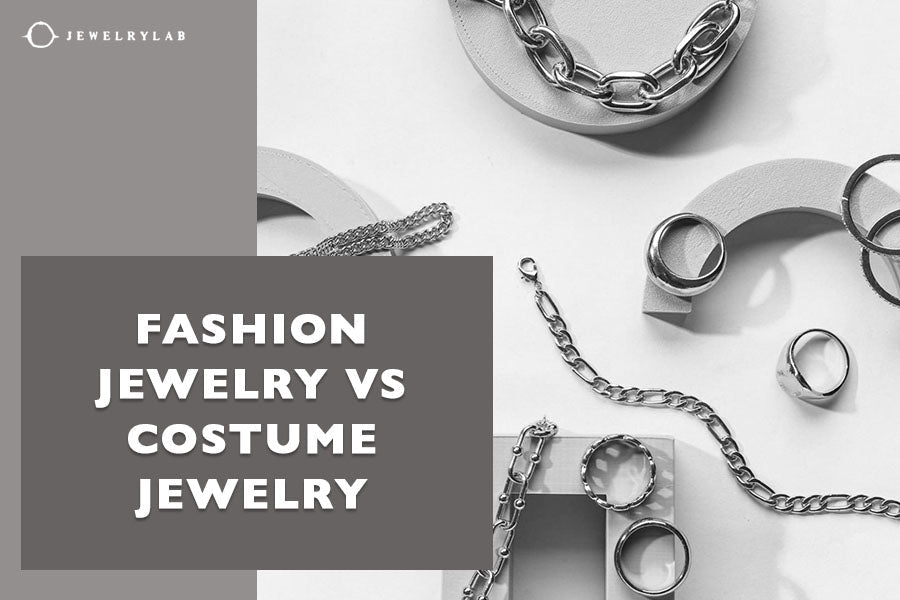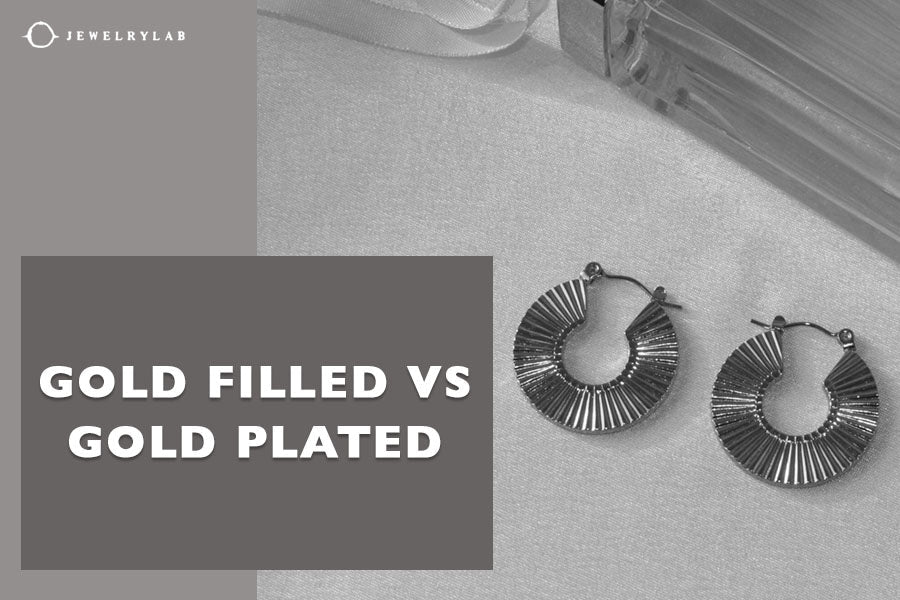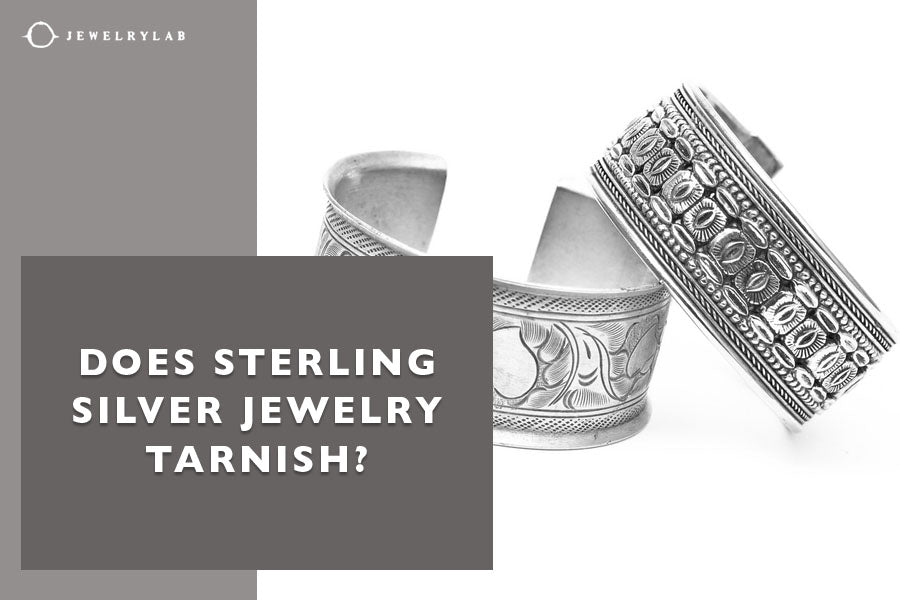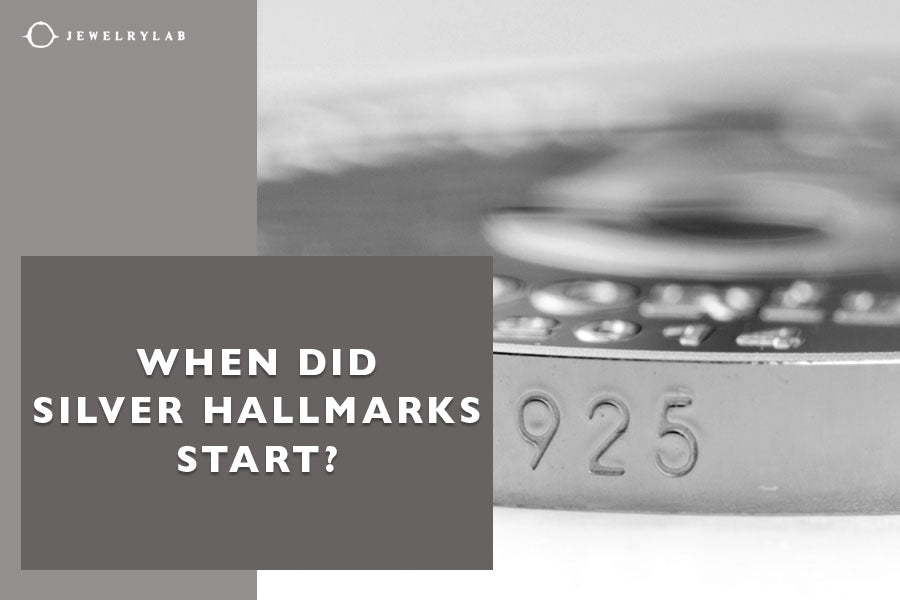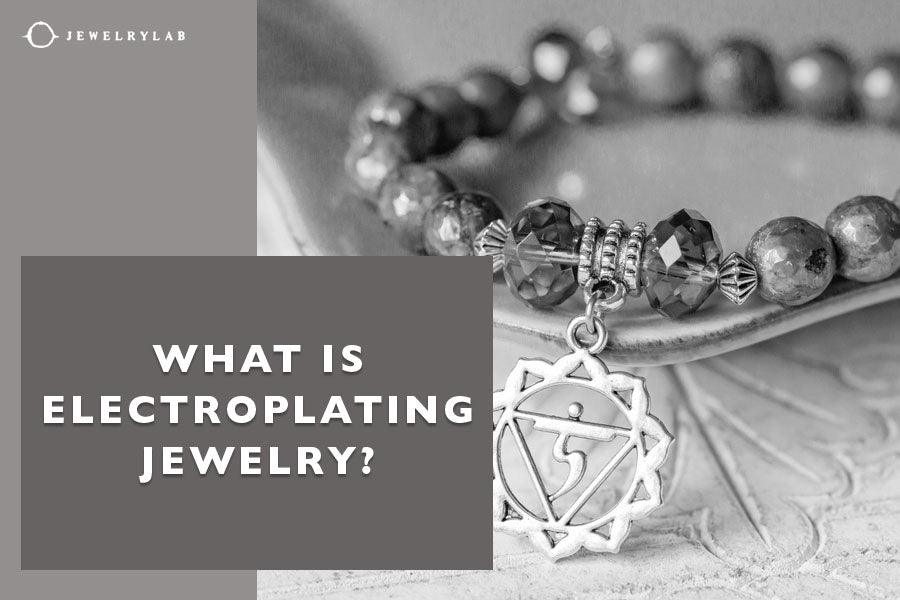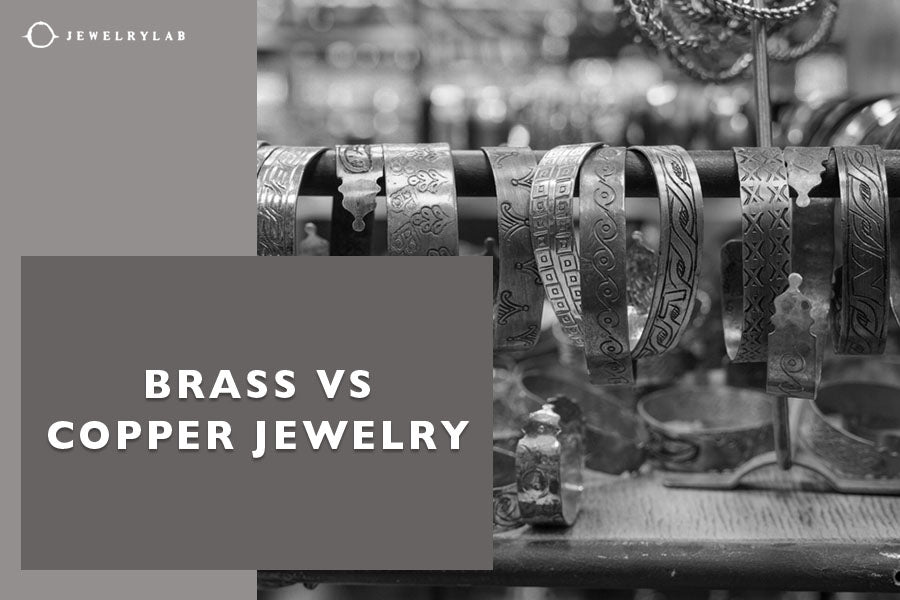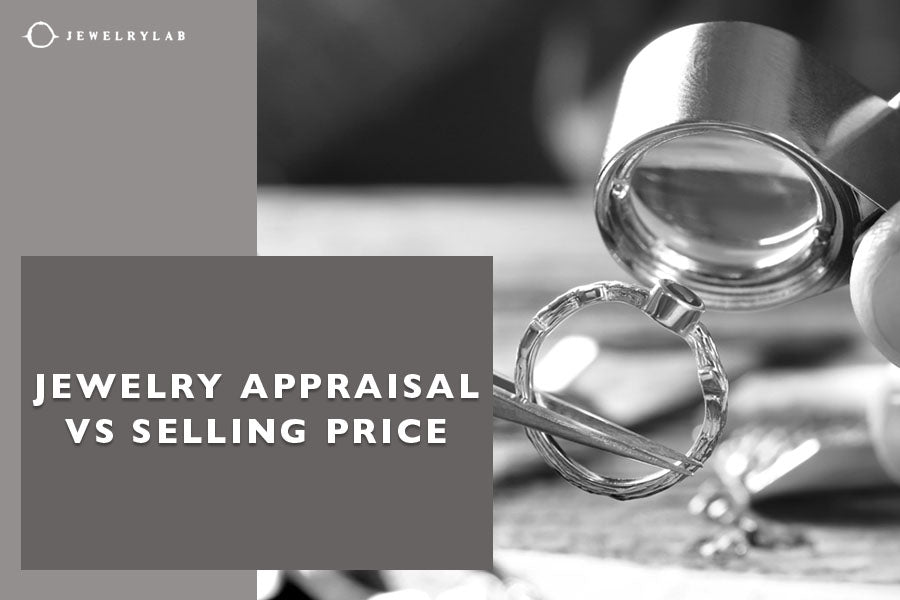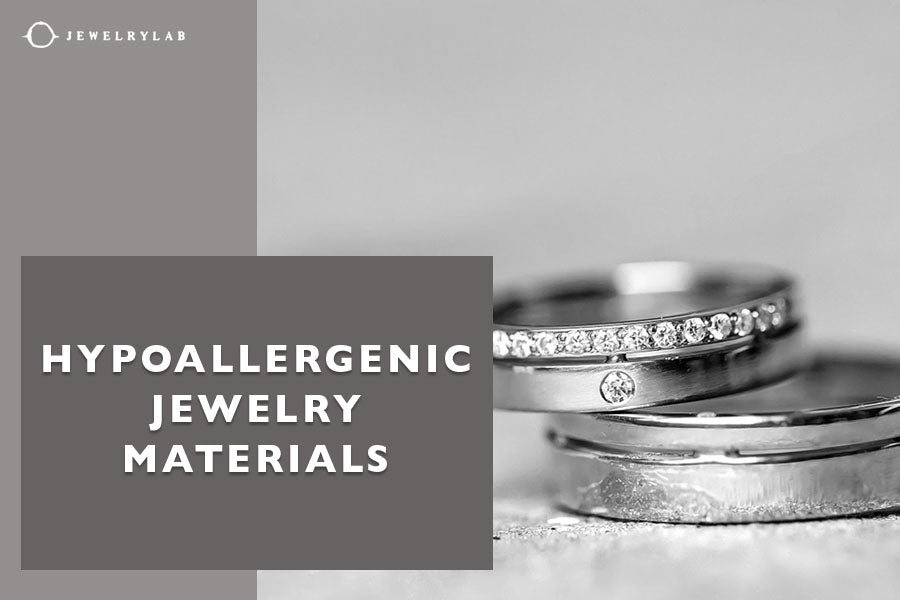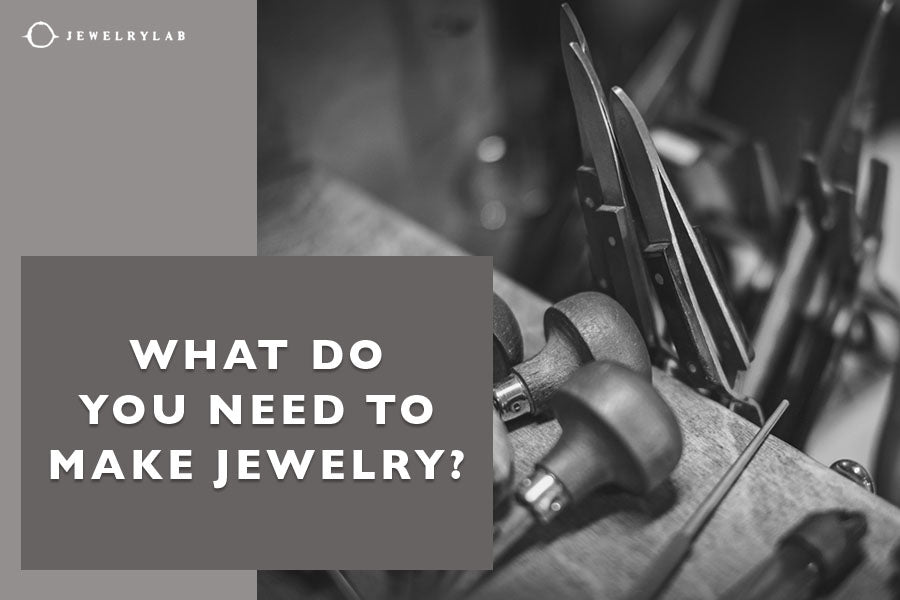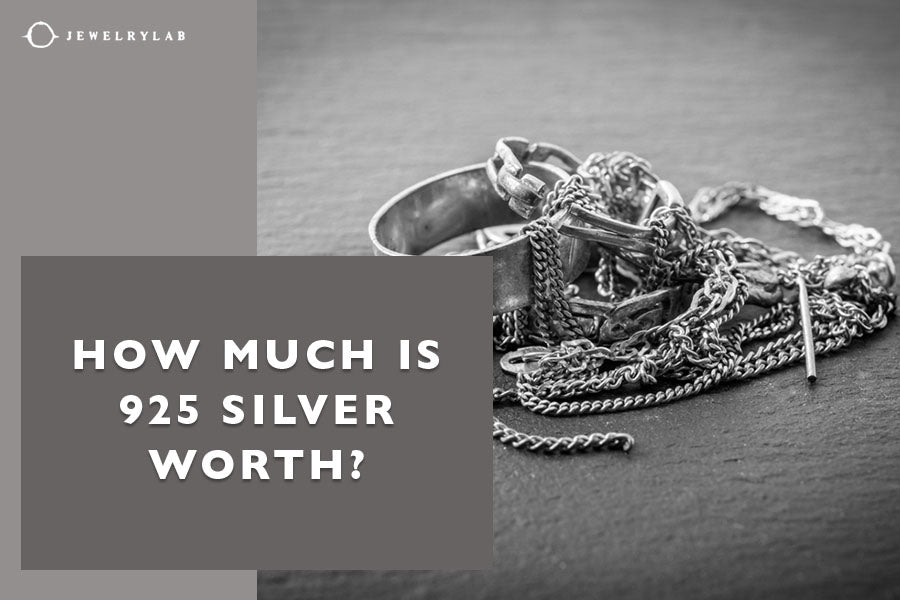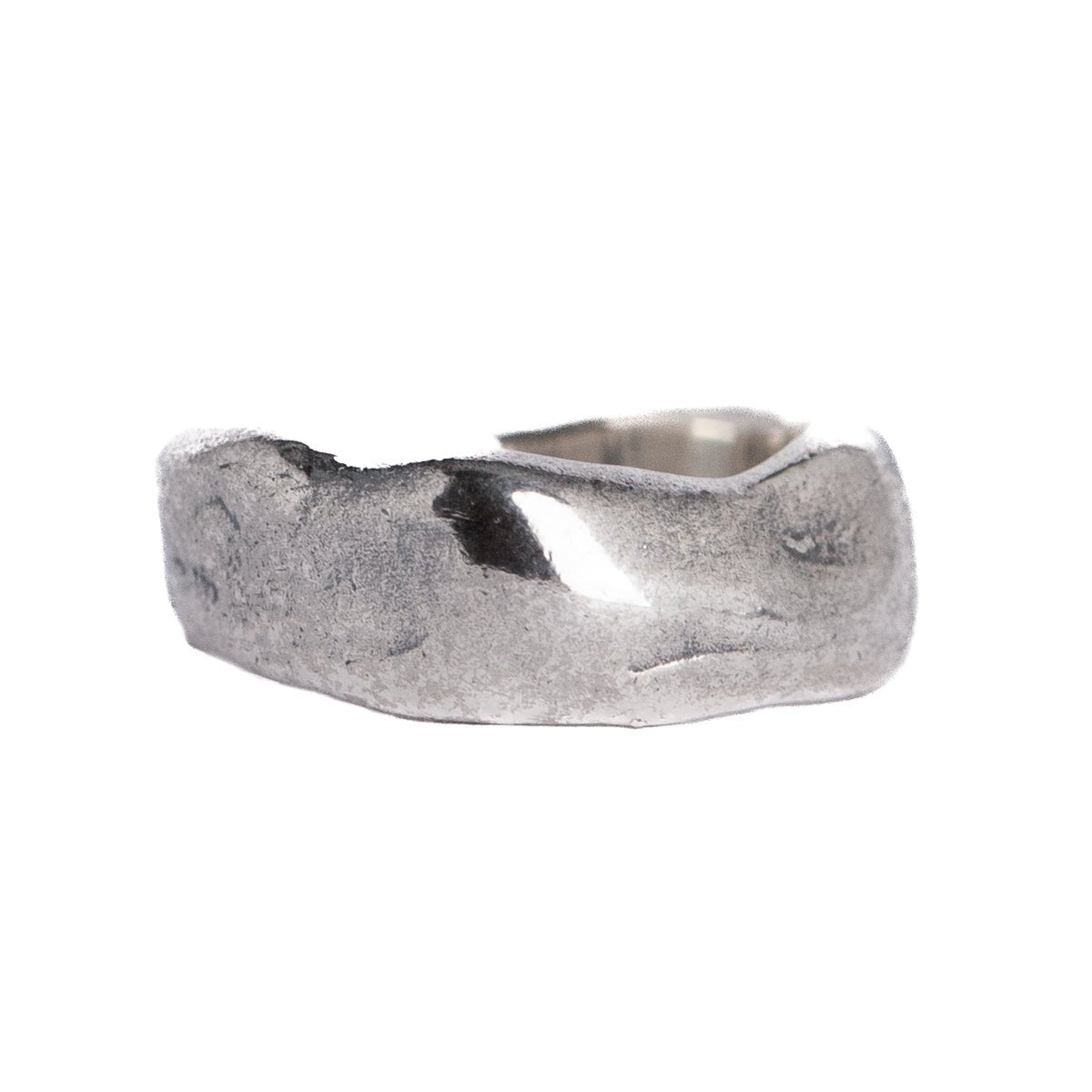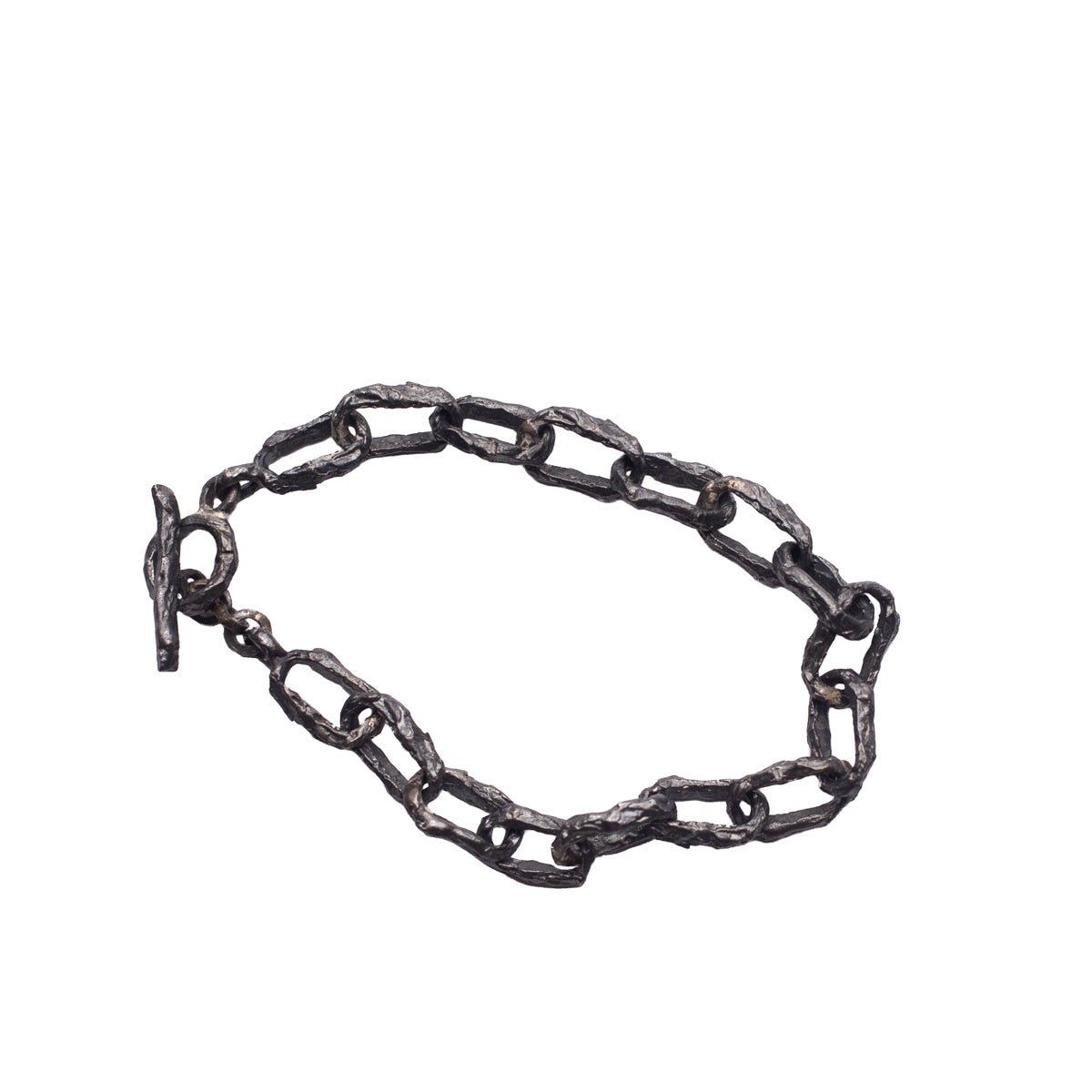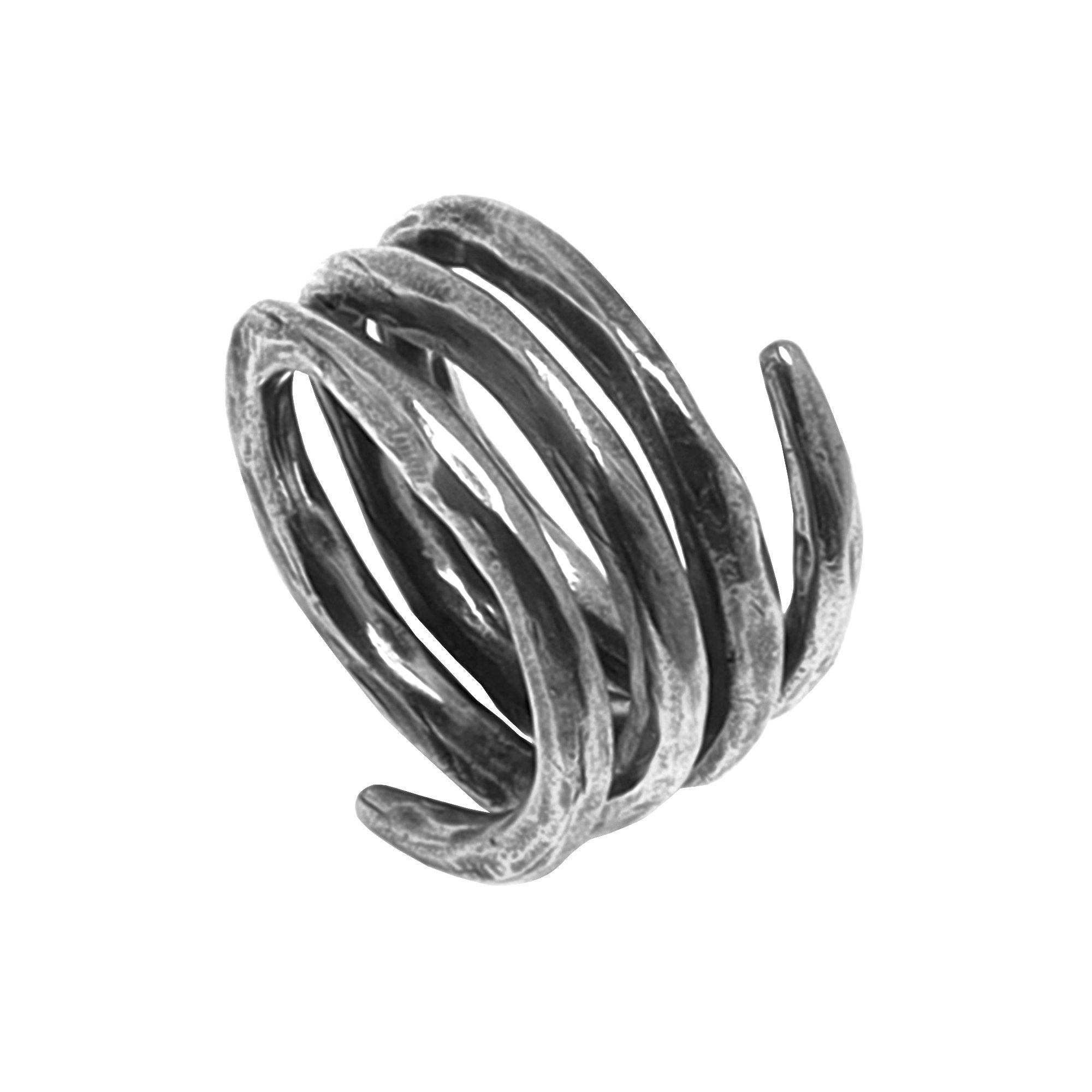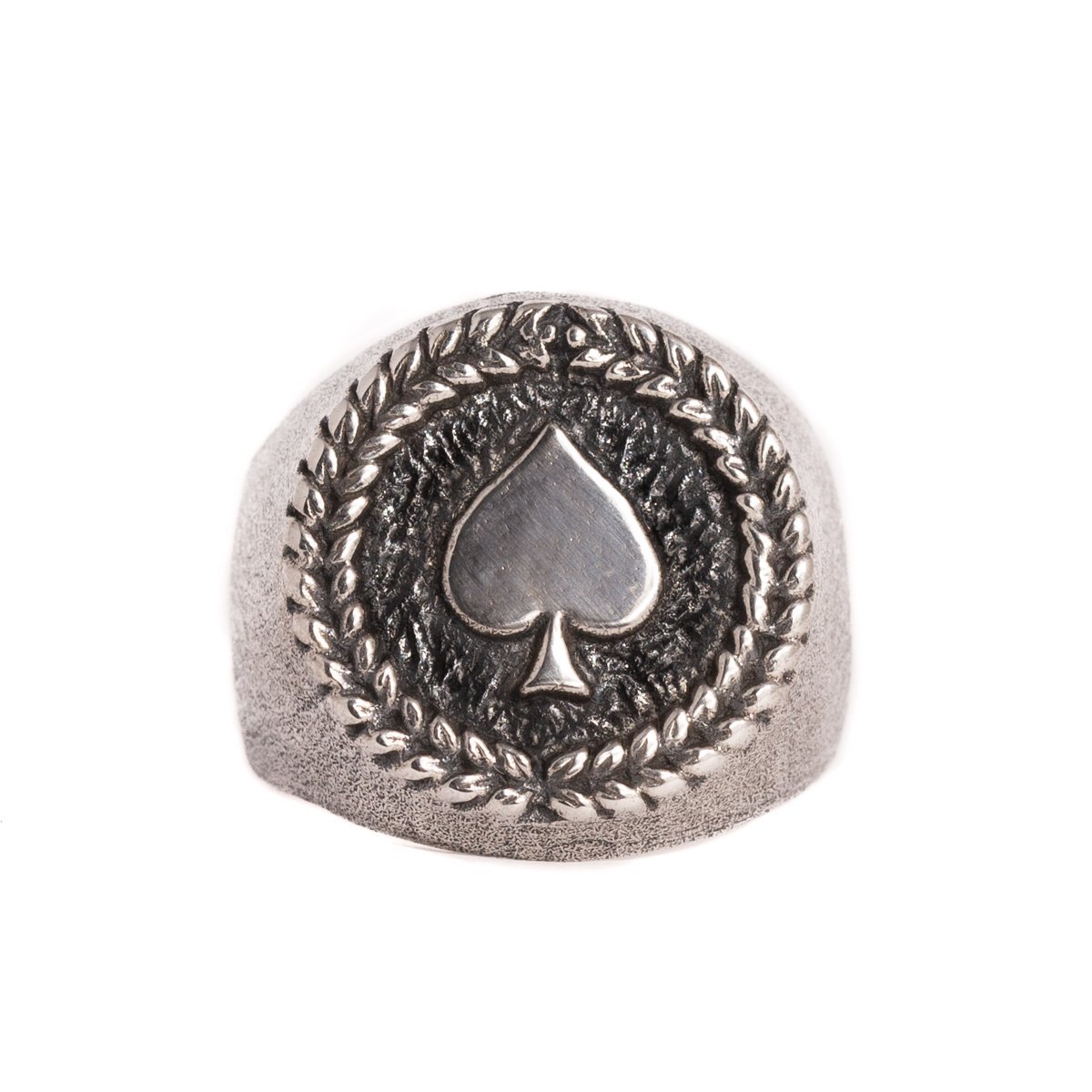by Jesús Zabala - 4 min read
How To Make Resin Jewelry
How to make resin jewelry is an exciting and creative craft that has gained popularity in recent years. With its glossy finish and versatility, resin jewelry allows you to make unique and personalized pieces that reflect your personal style.
- Resin can be used to create striking jewelry, either on its own or with other decorative items layered or suspended within it.
- It is a chemical compound that starts as a liquid and, when mixed correctly, hardens to create a shiny, waterproof, hard substance.
- Making resin jewelry takes a bit of time and care, as the raw materials can be toxic.
But once you’ve mastered the basics of resin jewelry making and how to use resin, you can get creative with your designs. Here’s how to make jewelry with resin.

Before we delve into that, let's do some term definitions
Resin jewelry is any type of jewelry that is made with resin—although pendants and earrings are most popular. When objects like flowers, glitter, beads, or gemstones are solidified within the resin, the process is called casting.
- Resin can also be used with other jewelry materials, like wood or illustrations, to create a protective coating.
- Resin is a chemical compound made up of two parts: part A, which is the resin, and part B, which is the hardener.
- Both parts are liquids, but they solidify when they’re mixed.
- There are different types of resin (epoxy resin, polyester resin, and UV resin) and the hardening process takes between 24 and 72 hours, depending on the type of resin.
- Once dry, the resin is non-toxic, hard, shiny, and waterproof.
In this article, we’ll walk through how to make jewelry with resin using molds or casings that act somewhat like molds.
If you want to learn how to make resin jewelry without molds, you can use the resin pour technique. Be sure to fully understand your audience’s ring size chart before you begin making jewelry.

Gather the Supplies You’ll Need to Make Resin Jewelry
Here's a detailed list of the supplies you’ll need:
- Resin part A and part B
- Safety gear: latex gloves, drop cloths, and apron (respirator and safety glasses are highly recommended)
- Spatula and plastic mixing spoons
- Measuring jug or cup (small ones are preferable for jewelry making)
- Jewelry bezels, molds, or casing
- Decorative items, like flowers, glitter, or shells
Different resins and brands are more or less suitable for different types of projects. For jewelry making and casting, opt for a resin that has a thinner consistency, which helps prevent little air bubbles from appearing in your work.
Non-toxic resins are available, but whatever type you have, it’s important to work in a well-ventilated room and use safety equipment to protect your skin, eyes, and lungs. Protect surfaces and floors with a drop cloth, and your clothes with an apron.
Prep Your Bezels/Molds and Decorative Items
- Before starting to work with the resin, make sure you have your jewelry items ready.
- Choose your bezels, molds, or casings, and have the flowers or other items you’ll be casting on hand.
- You don’t want to be fumbling around with these small items once you already have the resin mixed and drying.
- Different types of casings will require different kinds of preparation to make them ready to receive the liquid resin.
Mix the Resin
- To mix the resin correctly, follow the guidelines for your particular brand and type of resin.
- The labels will tell you how much of part A and part B to use.
- Take your time with this process as you don’t want to introduce air bubbles, which can spoil the look of your jewelry.
Pour the First Layer of Resin
- Small pieces of jewelry will require two to three layers of resin.
- Adding multiple thin layers helps prevent bubbles from forming, and it also helps when casting.
- The first layer acts as a kind of glue for sticking down decorative items, like flowers, before you pour on the next layer.
Add Your Decorative Item to the Resin
- Now, add your flower or other decorative items to the first layer of resin.
- Use a pin to adjust its position if you need to.
Repeat With Further Layers of Resin
- Wait several hours before mixing another small batch of resin and adding a second layer.
- You don’t need to wait until the first layer is rock hard, but it should be quite solidified.
Remove from the Molds
- Once the resin has cured (note: your brand of resin should tell you the length of time required), go ahead and remove the pieces of resin jewelry from the molds.
Add Jewelry Fixtures
- After the resin-making process is complete, assemble your jewelry.
- This may require adding hooks for earrings or chains and clasps for necklaces, as well as small tools and wire for creating holes in the resin or casing.

-
DESIGNED & HANDMADE IN BALI
-
FREE RESIZING FOR EVERY PIECE
-
FREE SHIPPING ON $150+ ORDERS
-
100% SAFE & SECURE CHECKOUT

